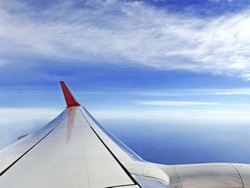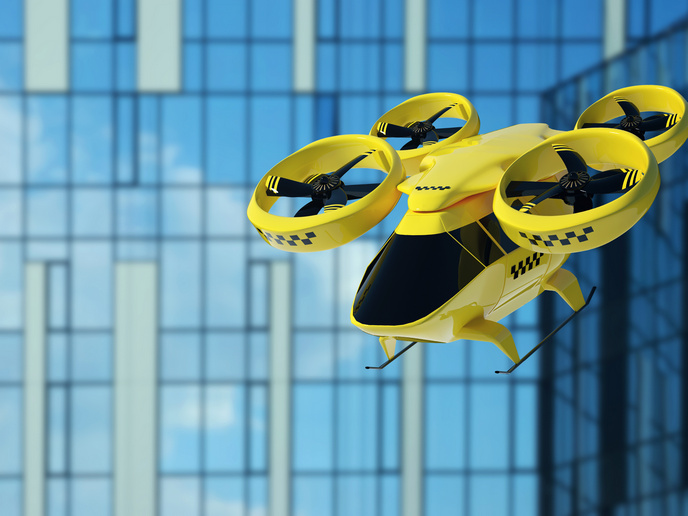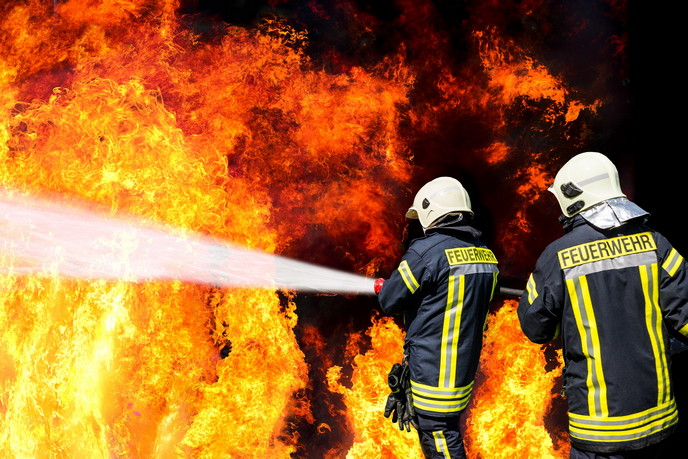Promising new wing concepts for more efficient air transport
Novel wing designs that reduce drag not only support lift but can also reduce fuel consumption and associated costs and emissions. With this in mind, the EU-funded NOVEMOR (Novel air vehicles configurations: From fluttering wings to morphing flight) project set out to improve performance by investigating a novel joined-wing configuration and the use of wings that change their shape. Project partners examined the benefits and application of morphing technology in aircraft. They proposed morphing wing solutions such as span and camber strategies and wing tip devices to enhance lift capabilities and manoeuvring. Software tools were developed for the design of the morphing concepts and mechanisms. A reference aircraft was defined to serve as a benchmark for assessing the potential performance benefits of morphing devices and the joined-wing configuration. The morphing mechanisms and concepts were then applied to the newly developed aircraft configurations. Team members analysed the stability, flight mechanics and aerodynamic performance of all the concepts applied to the regional jet and joined-wing aircraft. No issues were reported. The morphing concepts and joined-wing configuration were successfully validated through wind tunnel tests. The overall benefits of the concepts were assessed by considering elements such as weight fluctuations and lift and drag. NOVEMOR outcomes should significantly decrease the costs of design and development as well as aeroplane operation costs and emissions. Perhaps equally important, it will help put the EU in a leadership position regarding efficient and environment friendly air transport.
Keywords
Wing concepts, air transport, aircraft, morphing, joined-wing







